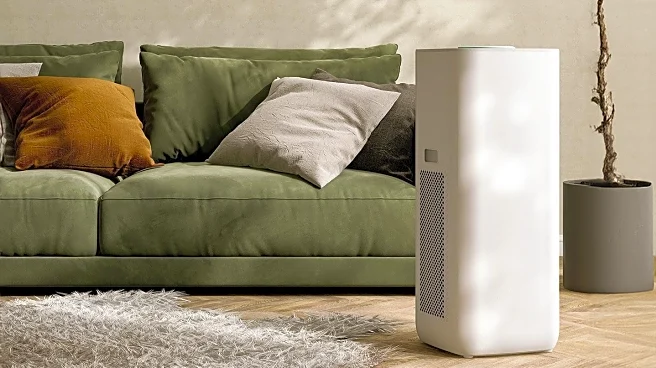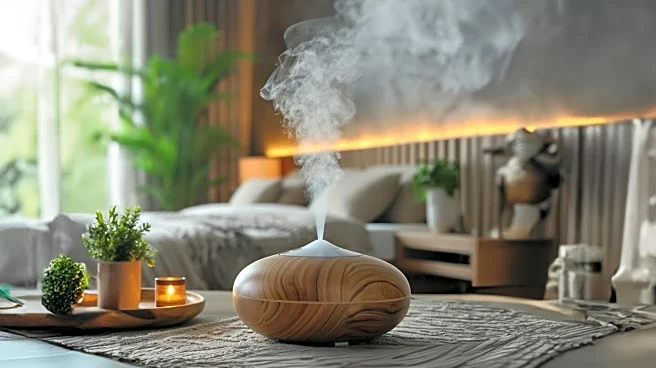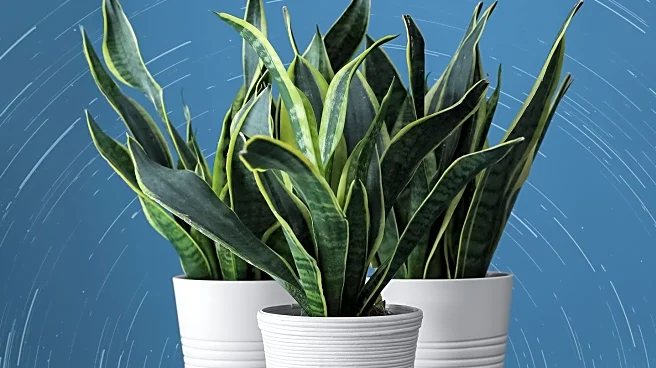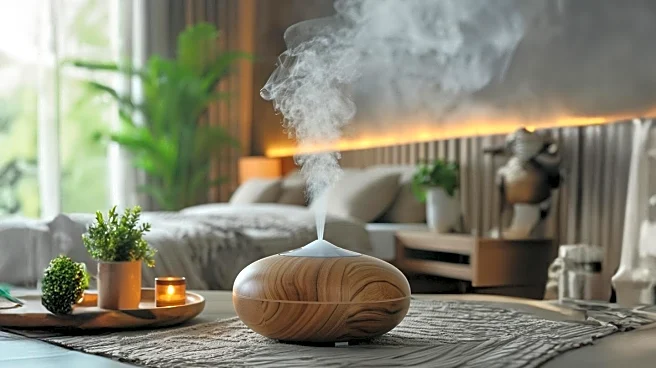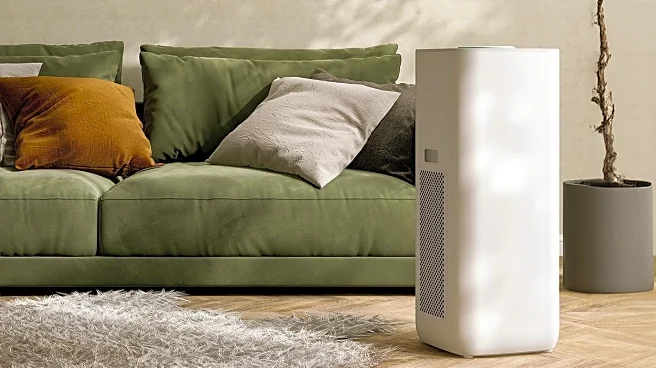What is the story about?
What's Happening?
Indoor air quality can be significantly worse than outdoor air, with common household activities and items contributing to pollution. Experts highlight cooking, HVAC systems, cleaning supplies, wet appliances, candles, and air fresheners as major sources of indoor pollutants. Cooking, especially with gas stoves, releases particulate matter, while poorly maintained HVAC systems can circulate mold and dust. Cleaning products often contain volatile organic compounds (VOCs), and wet appliances can harbor mold. Candles and air fresheners add to the pollution by emitting smoke and VOCs.
Why It's Important?
Understanding the sources of indoor air pollution is crucial for improving health outcomes, as poor air quality is linked to respiratory issues, allergies, and even cancer. By identifying and mitigating these sources, individuals can create healthier living environments. This knowledge is particularly important as people spend more time indoors, especially in energy-efficient homes that limit airflow. Addressing indoor air quality can lead to better health and reduced healthcare costs, highlighting the need for awareness and proactive measures in home maintenance and product choices.
AI Generated Content
Do you find this article useful?
